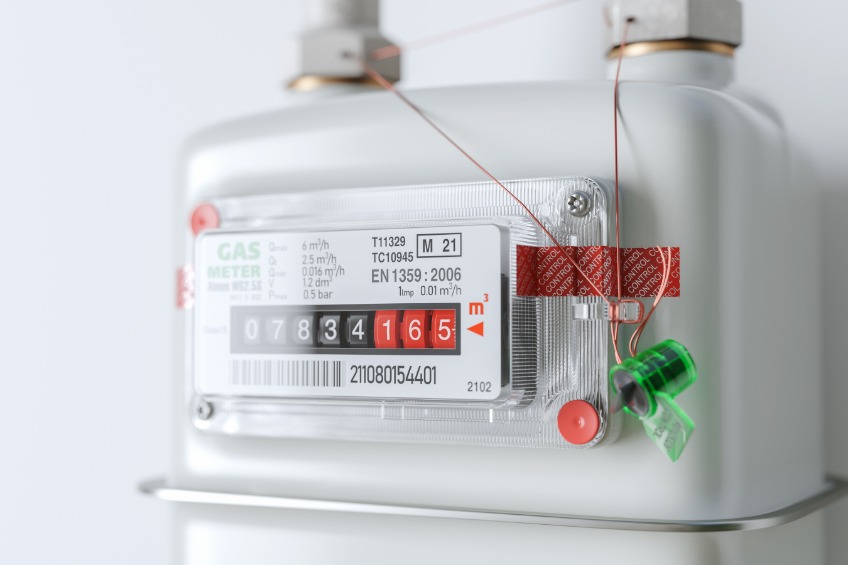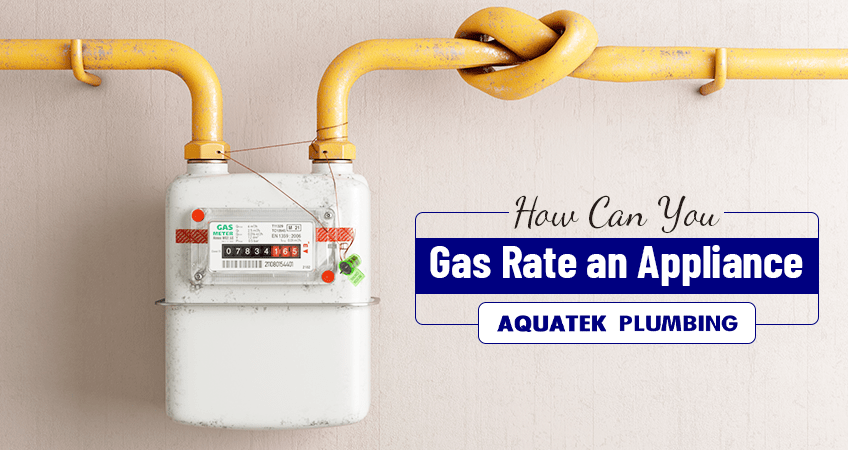Is your gas bill skyrocketing this season? Make use of gas rate tracking in order to ensure that your gas appliances are working efficiently and effectively. The gas rate determines the amount of gas used by an appliance. It is done by calculating the exact units of gas used during a certain time period. If you are looking to learn how you can calculate the gas rate for 30kw boiler or the appliances you use, then make use of our tried and tested formulas for gas-rating appliances.
With decades worth of experience in the market, Aquatek is an expert in the field of heating services. Our gas engineers are here to ensure that you can accurately calculate the gas rate of your appliances – and, if need be, even service and repair your boiler appliances to make them work more efficiently.
What is Gas Rate?
The term “gas rate” refers to the activity of calculating the total amount of gas consumed by an appliance during a certain time frame, which is normally an hour.
This is vital information to know, as the rate is the identifier that tells an individual whether or not their gas boiler is operating efficiently. There are two methods to identify the gas rating calculation of an appliance, and these methods are the imperial and metric gas calculations.
What Are The Types of Gas Rating Calculations?


In most cases, boilers make use of one of two types of meters. Either your appliance will have an imperial-style gas meter or a modern-style metric meter. No matter what the meter type of your appliance is, our experts are here to aid you in calculating the gas rating a boiler in both cases.
Imperial Gas Rate
Are you wondering how you will know whether to calculate according to the imperial gas calculations? If the meter of your gas appliance shows ft3 then it means it has an imperial meter. Therefore you will apply the imperial gas rate calculation formula. The rule of thumb for this particular method is to run the appliance that you are testing for a complete revolution of the ft3 test dial. Moreover, one thing to remember is that the test dial may even be 10, 5, 2, or 1 ft3 – this varies according to the meter size.
How to work out the imperial gas rate
If you are new to calculating gas rates, then check out the step-by-step instructions mentioned below to calculate the gas rate using the imperial method.
Step 1)
You must first ensure that all gas appliances in your living space are turned off.
Step 2)
Turn on the gas appliance that you would like to test to the maximum setting, and remember to leave it on for up to 10 minutes for accurate results.
Step 3)
Grab a pen and paper and jot down the exact number of seconds it takes to complete a full revolution (ft3) for the test dial.
Step 4)
Make use of all the information that you have just gathered and plug it into the gas rate formula mentioned below.
Imperial Gas Rate Formula: (3600 * value of ft3 per revolution) / the amount of time taken for the test dial to complete a full revolution = X ft3 / hr
Metric Gas Rate
If an appliance shows the m3 sign, then the individual calculating the gas rate must apply the metric gas rate formula. The test drum used by a contemporary metric gas meter is divided between the first five numbers that stand for m3 and the latter three digits that stand for dm3. If you are using the metric gas rate formula, then you must run your appliance for the test for 2 minutes and then record the overall meter reading.
How to work out metric gas rate
Below is a comprehensive guide on how you can easily record the gas rate of your appliances using the metric gas rate formula.
Step 1)
Turn off all appliances in your living space that run on gas.
Step 2)
Switch on the appliance that you plan on testing for ten minutes – and turn it on to its maximum capacity.
Step 3)
Start by taking the initial gas rate reading after 2 minutes from R1.
Step 4)
Then record the second reading from the R2 right after 2 minutes. Then make use of the formula mentioned below to get the metric gas rate.
Gas Rate Calculation Metric Formula : R2 – R1/ 2 = Gas Rate / Minute
What is Heat Input?
The term “heat input” refers to the amount of heat that is produced when fuel is burned inside of a boiler. This definition does not take into account the heat that is produced by combustion air that has been preheated. In order to calculate the heat input, one must know the volume of gas burned, either through the metric gas rate method or the imperial gas rate method. Following that, there are two ways through which heat input can be calculated.
- Btu / hr – imperial
- kW – metric
The following equation is used to calculate the average CV for natural gas,
- ft3/ hr x 1040 = btu/ ft3
- m3/ hr x 38.76 = MJ/ m3
Appliance Gas Rating Conversion
Did you know that you can use manual gas rate calculations and a gas rate calculator? Check out this gas rate calculator for accurate appliance gas ratings and conversions.
A Guide to Gas Rating by Aquatek
Keeping track of appliance gas ratings is essential; therefore, Aquatek is here to aid you through the process.
Because Aquatek are seasoned experts in the field of central heating installation, boiler repairs and servicing, as well as much more – our gas engineers come to you with knowledge that has been gained first-hand. We hope our comprehensive guide on checking gas rates using both calculation methods helps you check the appliance’s efficiency.
If you have any questions about gas rate calculations or want to get information on central heating for your living space, reach out to our team of experts and we will be in touch!



